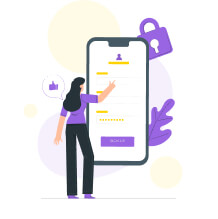Categories
Change Password!
Reset Password!


Adding virtual reality to physiotherapy leads to greater balance improvements in autistic children.
In a randomized controlled trial, virtual reality + traditional physiotherapy remarkably boosted balance control when compared to physiotherapy alone in kids diagnosed with autism spectrum disorder (ASD). Children with ASD often struggle with motor tasks and adapting to environmental changes, making balance control a critical area for intervention.
Hence, this study explored the benefits of integrating non-immersive VR with traditional physiotherapy to enhance both static and functional balance in children aged 7–12 years. In total, 53 kids were divided into two groups:
Balance was evaluated via the Biodex balance system and the Pediatric Balance Scale before and after a 12-week program. The MANOVA analysis revealed notable enhancements in Pediatric Balance Scale scores for both groups following the intervention, relative to their baseline measures. Additionally, there was a prominent reduction in the overall sway index and across all Biodex test conditions post-intervention (p < 0.05).
However, when comparing the groups after the intervention, the VR group illustrated superior gains across all outcome measures, with pivotal differences favoring the VR approach (p < 0.05). Thus, incorporating VR rehabilitation into conventional physical therapy appears to be a powerful tool to support postural balance in ASD-affected children.
Physical & Occupational Therapy In Pediatrics
Virtual Reality Rehabilitation Helps to Improve Postural Balance in Children with Autism Spectrum Disorder: A Randomized Control Trial
Mohamed A. Abdel Ghafar et al.
Comments (0)